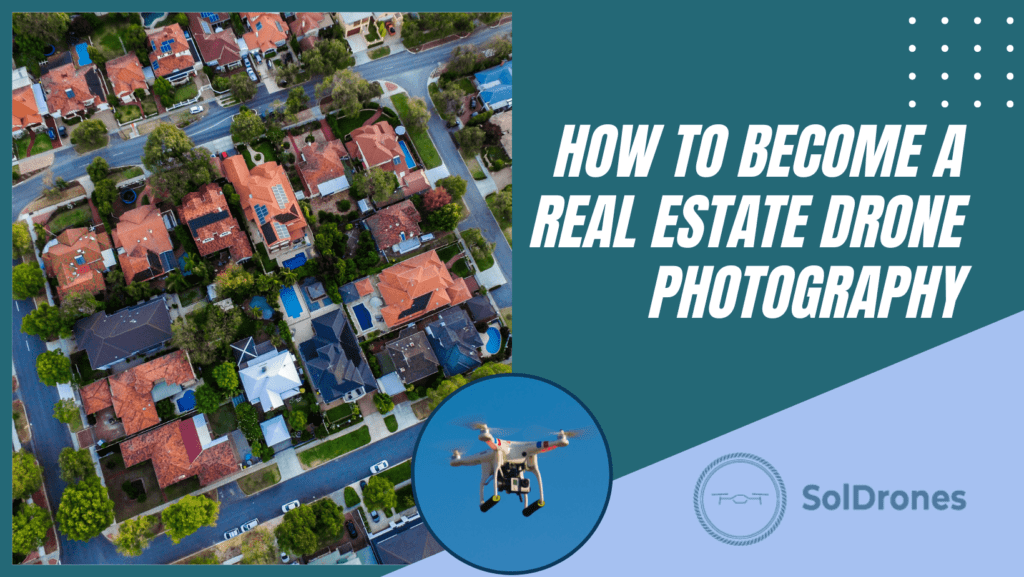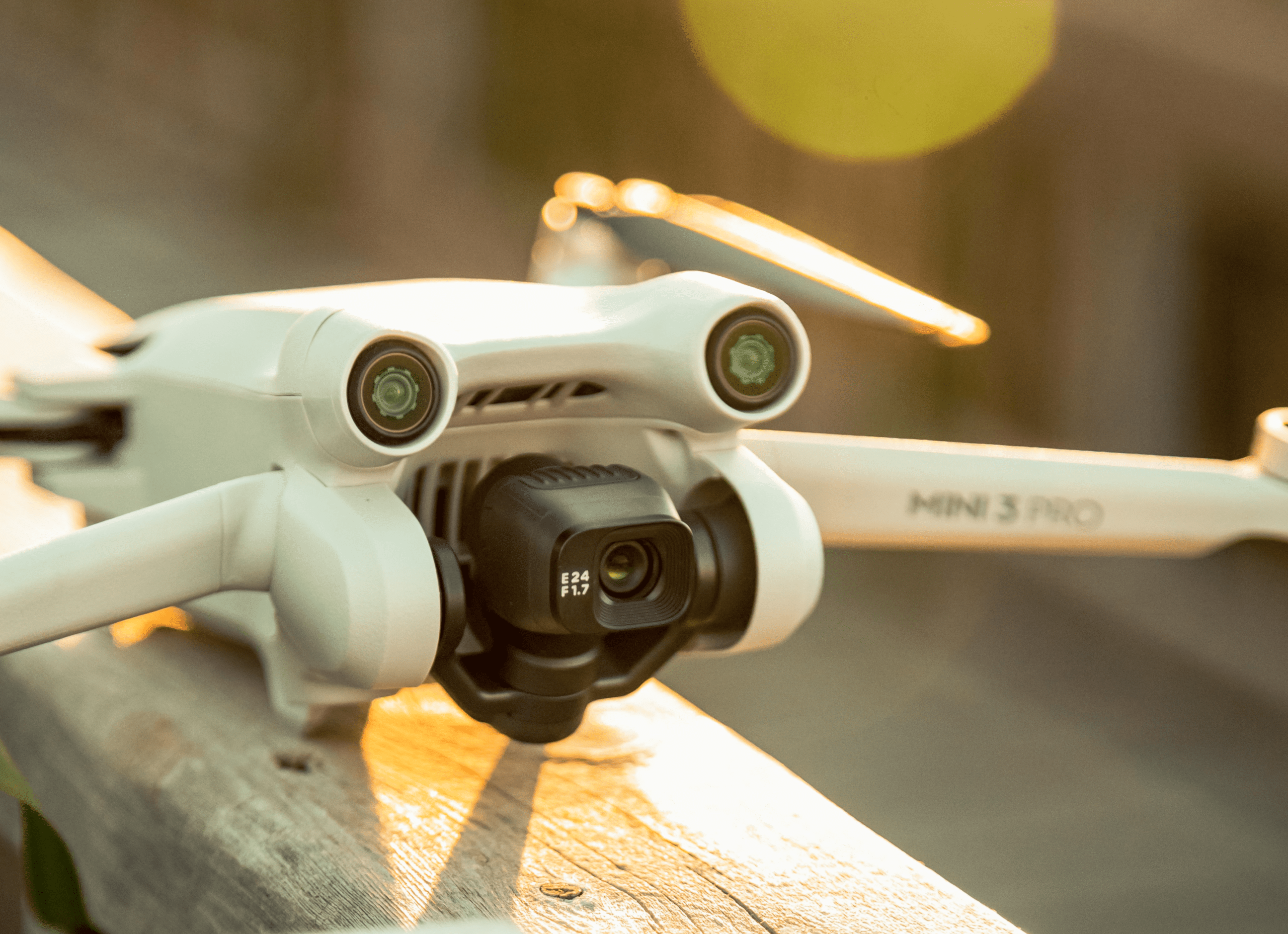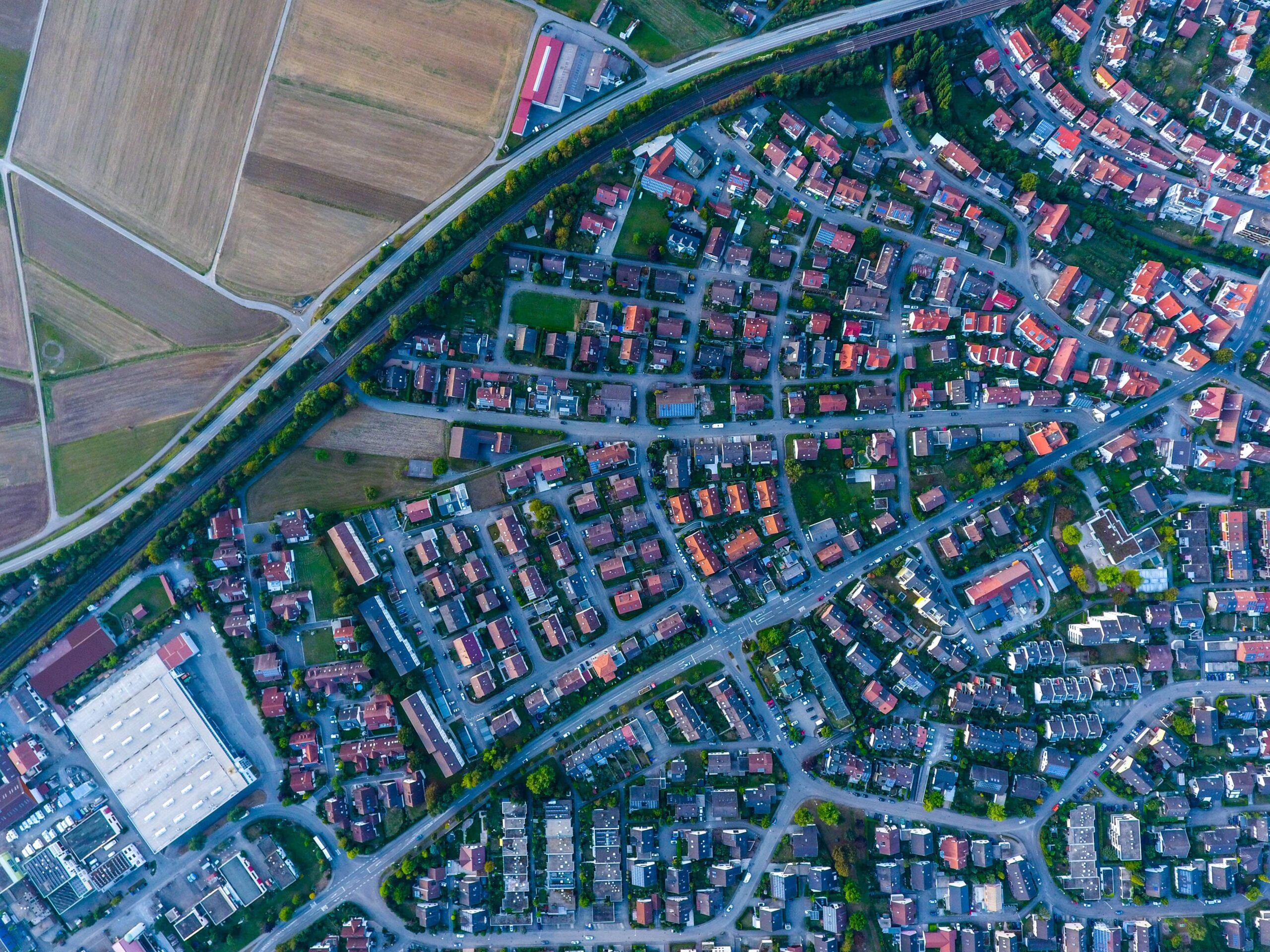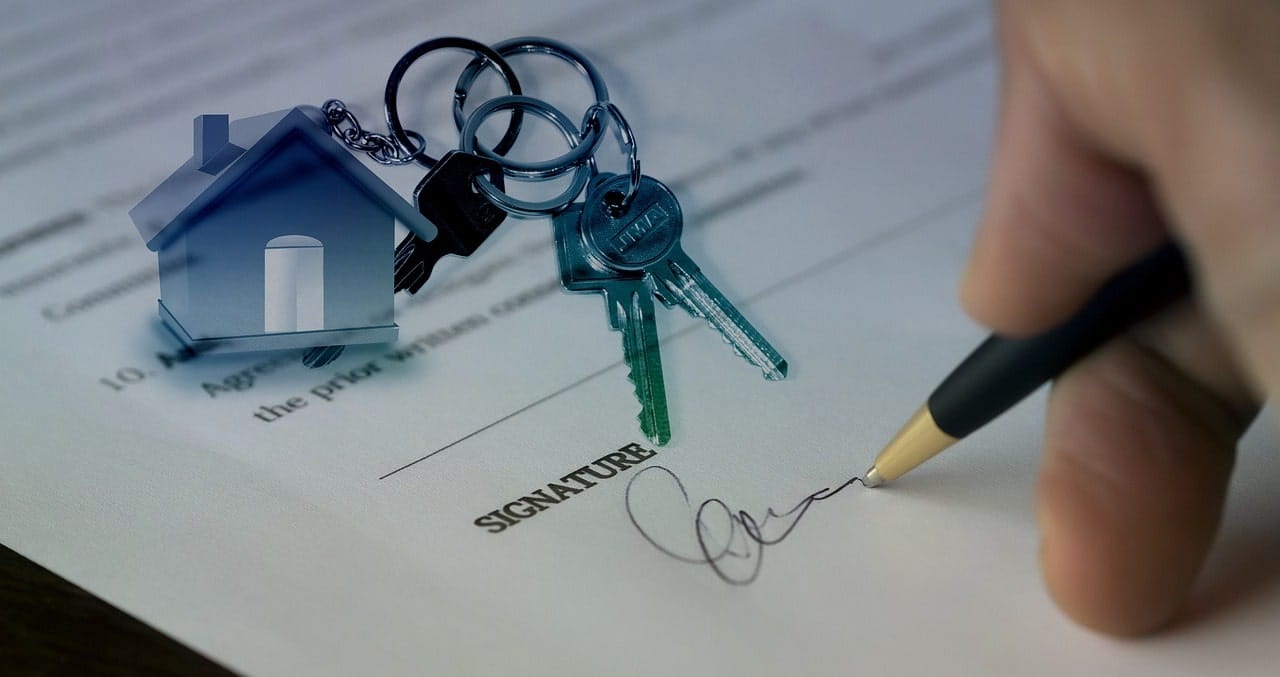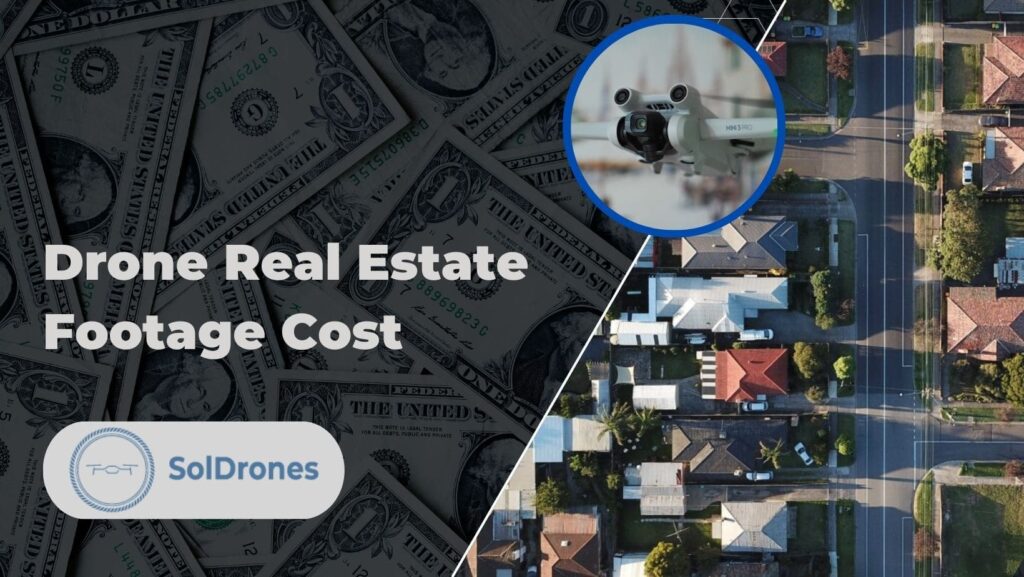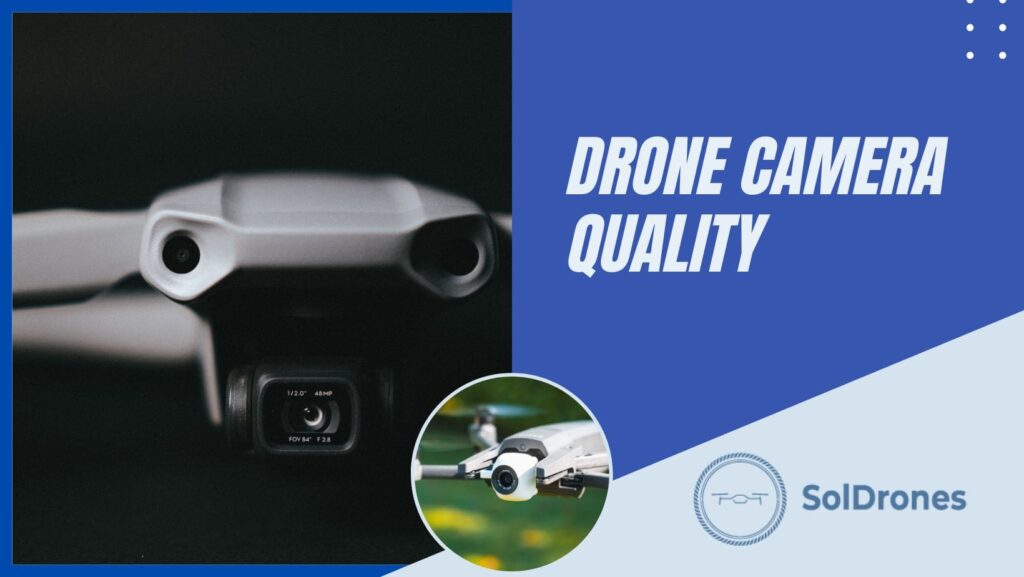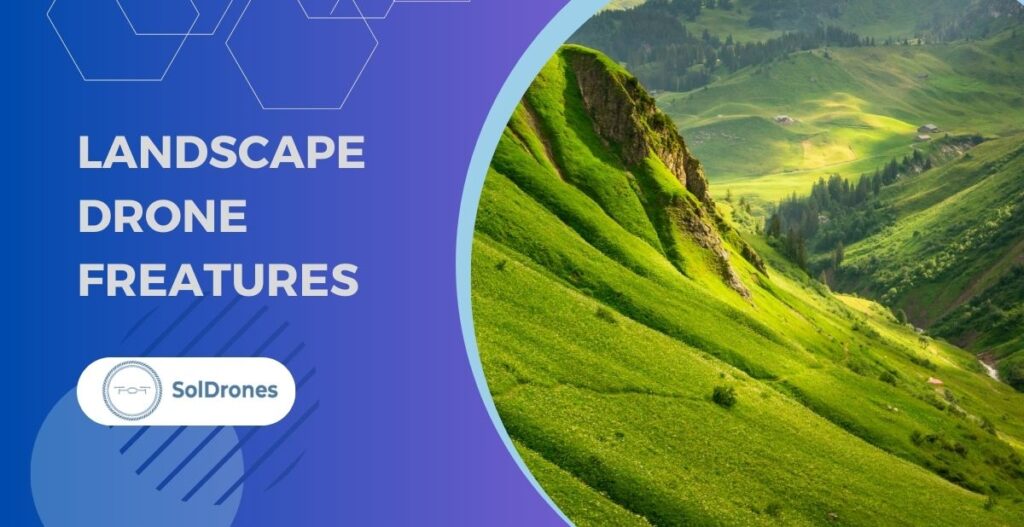Picture this scenario…
You’re a skilled photographer with an eye for detail, and you’ve recently discovered the incredible potential of real estate drone photography.
You’re eager to learn how to become a real estate drone photographer and tap into this lucrative market.
But where do you start?
This guide will provide you with all the information necessary to become a successful real estate drone photographer.
From investing in top-notch equipment and developing your skills through education and certification, to pricing strategies and building partnerships with realtors – we’ve got it all covered.
We’ll also discuss promoting your services on social media platforms, ensuring compliance with FAA regulations, and capturing stunning images that will leave potential buyers in awe.
Af if you’re already on your path and are looking to pick up an affordable drone that shoots 4K video, you can skip ahead to checking out the DJI Mini 4 Pro or DJI Mini 3 Pro. We’ve tested and done quite a bit of research on these drones in particular, and are arguably our top picks for getting started.
Article Highlights
- Your equipment will make or break your drone photography in the real estate industry
- Social media and networking will likely be your strongest lead-generation channels
- Get your Part 107 Remote Pilot Certificate to maintain compliance with the FAA
Investing in High-Quality Equipment
Let’s get started with investing in high-quality equipment to ensure exceptional results.
If you’re looking to kick off your real estate drone photography career, you need top-notch equipment that delivers exceptional results.
The DJI Mini 3 Pro is a great place to start if you’re looking for an inexpensive yet powerful drone with a 1-inch CMOS sensor designed for high-quality aerial images and videos.
But, that’s not the only drone for you to consider.
Additional Best Drones for Real Estate Drone Photography
- DJI Phantom 4 Pro V2: A popular choice among professionals due to its advanced camera capabilities and obstacle avoidance system.
- Autel Robotics EVO V3: Boasts an impressive 8K video resolution and long flight time – perfect for capturing expansive properties.
- Skydio 2: An autonomous drone with cutting-edge AI technology that can navigate complex environments without human intervention.
Essential Accessories such as SD Cards and Neutral Density Filters
Beyond the drone itself, investing in essential accessories will take your work to new heights (pun intended).
- SD cards: Ensure you have ample storage space by choosing high-capacity memory cards like SanDisk Extreme PRO microSDXC UHS-I Card.
- Neutral density filters: Reduce glare and improve image quality by using PolarPro filters.
With the right equipment in hand, you’ll be well on your way to capturing stunning real estate drone photography that will leave potential buyers awestruck.
Developing Your Skills and Obtaining Certification
If you want to become a top-notch real estate drone photographer, you need to hone your skills and obtain proper certification. But don’t worry; we’ve got your back with this step-by-step guide.
Step #1: Training. Enroll in an online course on photography or photo processing to enhance your technical knowledge. Udemy, for instance, offers various courses that can help you master the art of aerial photography.
Step #2: Certifications. Get yourself certified by taking the FAA Part 107 Remote Pilot License Exam Prep Course. This is crucial as it allows you to operate legally within the industry.
Step #3: Insurance. Don’t forget about drone insurance. Comprehensive insurance policies protect you from potential liabilities while operating drones professionally. Companies like SkyWatch.AI offer tailored coverage options specifically designed for drone pilots.
- Note: If you’re wondering why obtaining a license is essential – well, flying without one could result in hefty fines or even criminal charges.
- Bonus Tip: Maintain a logbook of all your flights as proof of experience when applying for advanced certifications or waivers later on.
Real Estate Drone Photography Licenses
Obtaining an FAA Part 107 Remote Pilot Certificate is a must for commercial drone pilots in the United States. This certification ensures that you’re well-versed with airspace regulations, safety protocols, and other essential knowledge required to operate drones professionally.
Importance of Insurance Coverage
No one wants to deal with unexpected accidents or damages while operating their drone business. That’s why having comprehensive insurance coverage not only safeguards your investment but also provides peace of mind to potential buyers who know they’re working with a responsible professional.
Now that we’ve covered the basics, let’s move on to promoting your services through social media platforms.
Key Takeaway:
To become a successful real estate drone photographer, it is essential to hone your skills and obtain proper certification.
This includes enrolling in an online course on photography or photo processing, obtaining the FAA Part 107 Remote Pilot License Exam Prep Course, and getting comprehensive insurance coverage. Maintaining a logbook of all flights can also help when applying for advanced certifications or waivers later on.
Promoting Your Real Estate Drone Photography Services Through Social Media Platforms
To make your real estate drone photography business thrive, you need to build a strong online presence.
Social media platforms like Facebook, Instagram, and LinkedIn are perfect for showcasing your work and connecting with potential clients.
Note: Don’t forget to use relevant hashtags.
Building a Strong Online Presence
Create engaging content that demonstrates your expertise in real estate drone photography. Showcase high-quality photos and videos on various platforms to attract construction managers, general contractors, and architects who may be interested in hiring professional photographers for their projects.
Social media marketing for your drone business has its challenges, but by producing high-quality content on a regular basis, you’ll begin to see the fruits of your labor and consistent growth.
Pro Tip: Engage Authentically:
- Respond promptly when someone comments on your posts – this shows you care about their opinions.
- Avoid spamming users with promotional messages; instead, focus on building genuine relationships.
- Share helpful tips and insights to position yourself as an industry expert.
Networking with Professionals within the Industry
Beyond posting amazing content, take advantage of networking opportunities by joining industry-specific groups or forums where professionals discuss trends and share insights about real estate drone photography.
This is an excellent way to learn from others while also making valuable connections that could lead to new clients or collaborations.
By following these steps, you’ll be well on your way to building a successful real estate drone photography business through social media platforms.
Establishing Partnerships With Realtors
Strategically speaking, if you want to excel in real estate drone photography, it’s essential to form strong alliances with local realtors who can refer clients and recommend you for commercial or residential projects.
But how do you forge these valuable connections?
Here’s a quick breakdown:
Step #1: Research and identify reputable realtors in your area who are likely to need aerial property images.
Step #2: Develop a professional portfolio showcasing your expertise in both commercial drone real estate photography, as well as residential drone real estate photography.
Step #3: Create tailored proposals highlighting the unique benefits of using drones for different types of properties (e.g., commercial vs. residential).
Commercial Drone Real Estate Photography
In the realm of commercial properties, emphasize how your services can capture stunning aerial views that showcase building size, location advantages, parking facilities, and more.
Residential Drone Real Estate Photography
Moving on to residential projects – highlight the ability to provide breathtaking visuals that reveal landscaping features, neighborhood amenities, and other aspects potential buyers find attractive.
Networking Events: A Goldmine For Connections
Attend industry networking events like open houses, conferences, and seminars to connect with realtors in person.
Pro tip: Bring business cards and a tablet loaded with your portfolio for on-the-spot presentations.
Leveraging Social Media For Outreach
Engage with local real estate professionals on social media platforms like LinkedIn or Facebook groups by sharing valuable insights about drone photography.
Remember: Be genuine and helpful rather than overly promotional.
Eager to learn more? Dive into this comprehensive guide on growing your drone business.
Pricing Strategies for Real Estate Drone Photography Services
To make a living from real estate drone photography, you need to establish pricing strategies that cover your expenses while maintaining profitability.
Here are some key factors to consider when setting prices:
- Location: Depending on the area and its demand for aerial photography services, adjust your rates accordingly.
- Type of property: Commercial properties may require more complex shots than residential ones, which could affect pricing.
- Competition levels: Research local competitors’ rates and find a sweet spot where you can offer competitive prices without compromising quality or profit margins.
You might be wondering: “How much money can I actually make with real estate drone photography?”
The answer varies depending on several factors such as market demand, skill level, experience in the industry, and clientele. However, some sources suggest that professional drone pilots can earn between $100-$500 per hour for their services.
To determine how much to charge clients for specific projects or packages, consider these tips:
- Create tiered package options based on different service levels (e.g., basic photoshoot vs. full video tour).
- Add value by offering additional services like editing or virtual staging at an extra cost.
- Benchmark against other professionals within your area to ensure your pricing is competitive.
Remember, it’s crucial to strike a balance between covering costs and remaining profitable without sacrificing the quality of your work or customer satisfaction.
Capturing Stunning Real Estate Drone Photography While Adhering to FAA Regulations
It’s important to know how to capture breathtaking images while staying within legal boundaries. Here are some tips to get you started:
- Shoot during midday: Natural light works best for aerial images during midday shoots.
- Use a neutral density filter: This will reduce glare and improve overall image quality.
- Hover around 20 feet above ground level: This ensures you capture stunning property shots without sacrificing detail or risking privacy violations.
Techniques for Capturing High-Quality Images
- Tilt-shift effect: Create an artistic miniature look by adjusting focus and perspective in post-processing software like Adobe Lightroom or Photoshop.
- Panoramas: Stitch together multiple photos taken at different angles to create wide-angle views that showcase the entire property landscape.
- Sunset/sunrise shots: Capture dramatic lighting during golden hours by planning your flights accordingly. Just make sure you’re aware of any local regulations regarding flying times.
Understanding and Adhering to FAA Regulations
Becoming well-versed in Federal Aviation Administration (FAA) rules is crucial not only for safety but also legal purposes when operating a drone business. These rules include restrictions on flying near airports, over people, and beyond visual line-of-sight (BVLOS) operations without appropriate waivers.
To ensure you’re always in compliance, consider taking an FAA Part 107 Remote Pilot License Exam Prep Course. Staying informed about current drone laws not only keeps your business legal but also helps maintain a positive reputation within the industry.
By following these tips, you can capture awe-inspiring real estate drone photography while adhering to FAA regulations.
Final Thoughts
In conclusion, becoming a real estate drone photographer requires investing in high-quality equipment, developing your skills through education and certification, pricing strategies for services, building partnerships with realtors and tailoring approaches to properties, promoting your services through social media platforms, ensuring compliance with FAA regulations, and capturing stunning images at properties.
If you’re ready to take the next step towards becoming a professional real estate drone photographer or need assistance with any of the steps outlined above, visit SolDrones. Our team of experts can provide you with the tools and resources needed to succeed in this industry.
FAQs in Relation to How to Become a Real Estate Drone Photographer
Is Real Estate Drone Photography Profitable?
Yes, real estate drone photography can be highly profitable. The demand for aerial imagery in the industry is growing, and professionals can charge premium rates for their services. However, profitability depends on factors such as equipment costs, skill level, pricing strategy, and effective marketing efforts.
How to Become a Real Estate Drone Photographer
To become a real estate drone photographer, follow these steps:
- Invest in high-quality equipment.
- Obtain necessary certifications like the FAA Part 107 Remote Pilot License.
- Develop your skills through education and practice.
- Build partnerships with Realtors.
- Promote your services effectively on social media platforms.
- Ensure compliance with FAA regulations while capturing stunning images at properties.
Is Real Estate Drone Photography Worth It?
Real estate drone photography is worth it if you’re willing to invest time and resources into developing your skills, obtaining proper certifications/licenses (such as FAA Part 107), networking within the industry, and promoting your business effectively. Aerial imagery adds value to property listings by providing unique perspectives that showcase features more attractive than traditional ground-level photos.
How Much Money Can You Make with Drone Photography?
Drone photographers’ earnings vary based on factors like location, experience level, client base size/type (residential or commercial), project complexity/size/duration, and frequency of assignments. On average, drone pilots earn between $100-$200 per hour for real estate photography, with the potential to earn more as their reputation and clientele grow.

